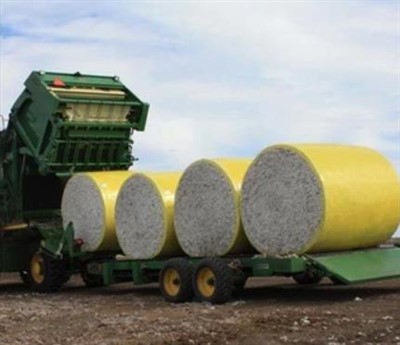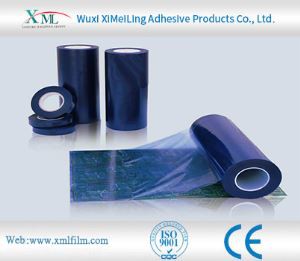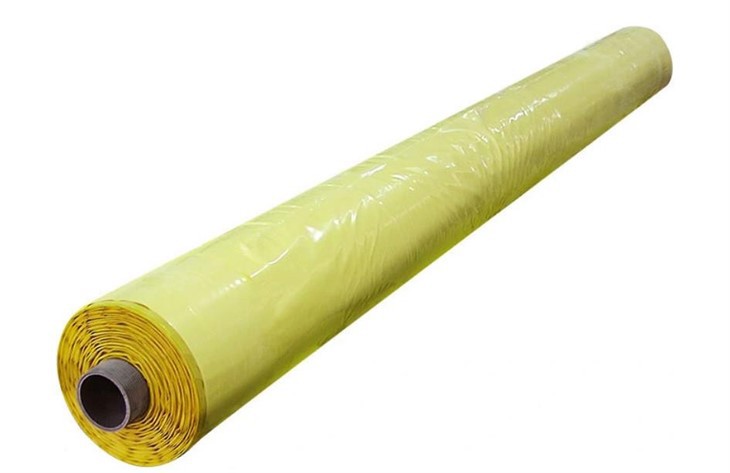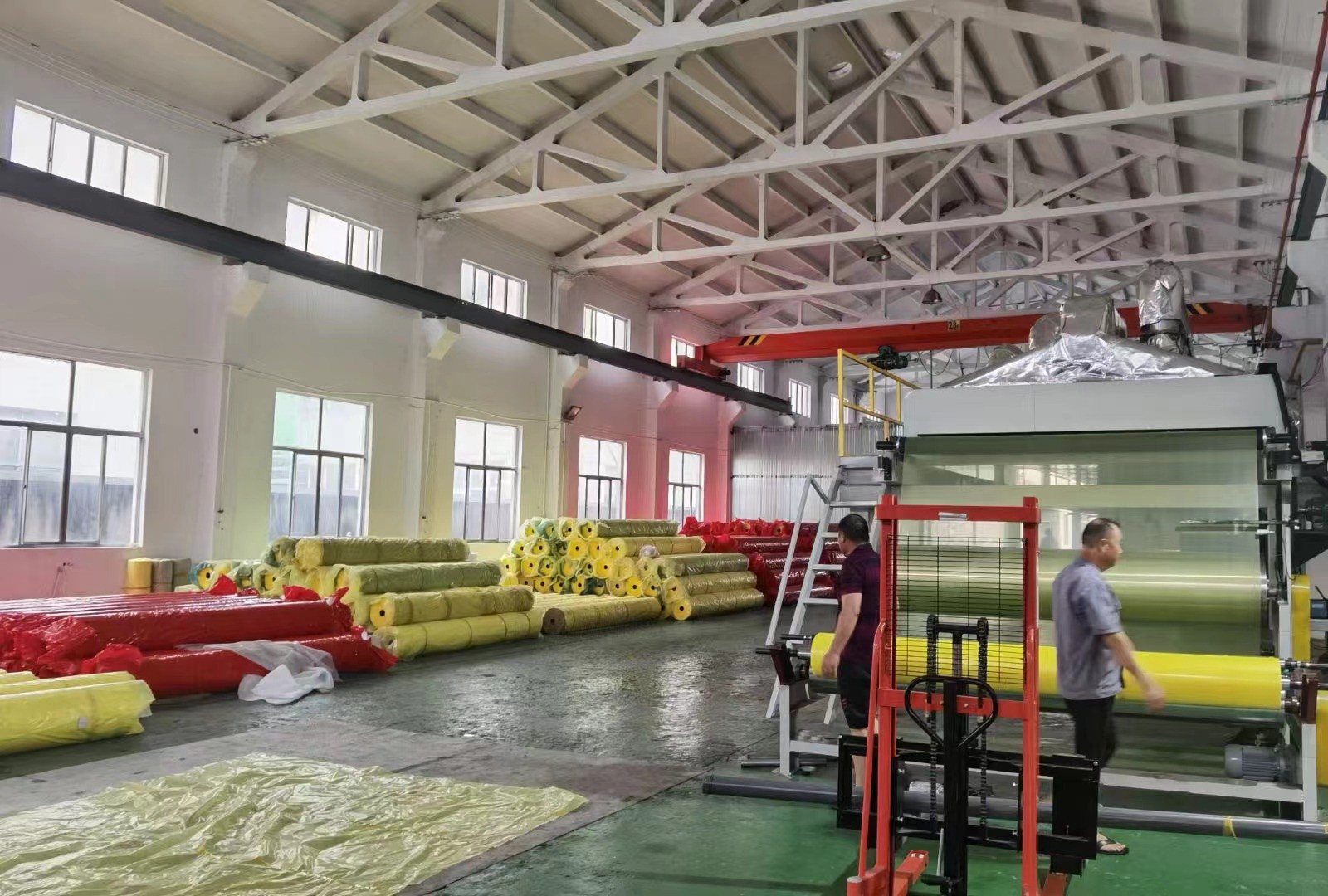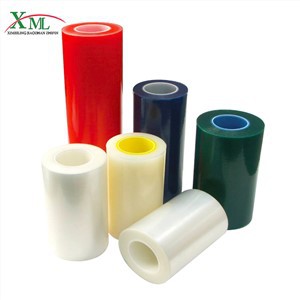What affects the air permeability speed of Screw Protective Vents
2025-11-11
Core Membrane Structure and Material
The core factor affecting air permeability speed lies in the vent’s microporous membrane—its structure and material directly determine how quickly air flows through. Membranes with larger and more uniform pore sizes allow air to pass faster, while smaller pores slow down airflow to balance protection and breathability. Materials like expanded polytetrafluoroethylene (ePTFE) typically have more interconnected pores, enabling smoother air circulation compared to denser plastic membranes. Additionally, the membrane’s thickness plays a role: thinner membranes reduce air resistance, boosting permeability, while thicker ones may slow airflow but offer enhanced durability.External Environmental Pressure and Temperature
Environmental pressure differences and temperature changes significantly impact permeability speed. Greater pressure differences between the inside and outside of the protected equipment drive faster air flow through the vent—for example, when equipment heats up and internal pressure rises, air escapes more quickly. Temperature also affects air viscosity: higher temperatures lower air viscosity, allowing faster airflow, while low temperatures increase viscosity, slowing down air movement. Humid environments can indirectly influence speed too—if moisture condenses on the membrane, it may block some pores, reducing air permeability until the membrane dries.Membrane Contamination and Blockage
Over time, contamination or blockage of the membrane reduces air permeability speed. Dust, dirt, or oil residues in the environment can accumulate on the membrane’s surface, clogging its micropores. In industrial settings, chemical vapors may react with the membrane material, altering pore structure or forming deposits that restrict airflow. Even in less harsh environments, long-term exposure to airborne particles can gradually build up, slowing down air exchange. If the vent is installed in a location prone to splashes, liquid residues can temporarily seal pores, further reducing permeability until cleaned.Vent Design and Installation
The vent’s overall design and installation details also affect airflow speed. The size of the vent’s air inlet/outlet opening matters—larger openings reduce air resistance, while smaller ones limit flow. Threaded connections that are too tight or misaligned may compress the membrane, deforming its pores and restricting airflow. Some vents include additional layers for protection, which can slightly slow down permeability by adding an extra barrier. Improper installation—such as placing the vent in a recessed area where air circulation is limited—can also reduce effective permeability, as stagnant air around the vent hinders rapid exchange.

